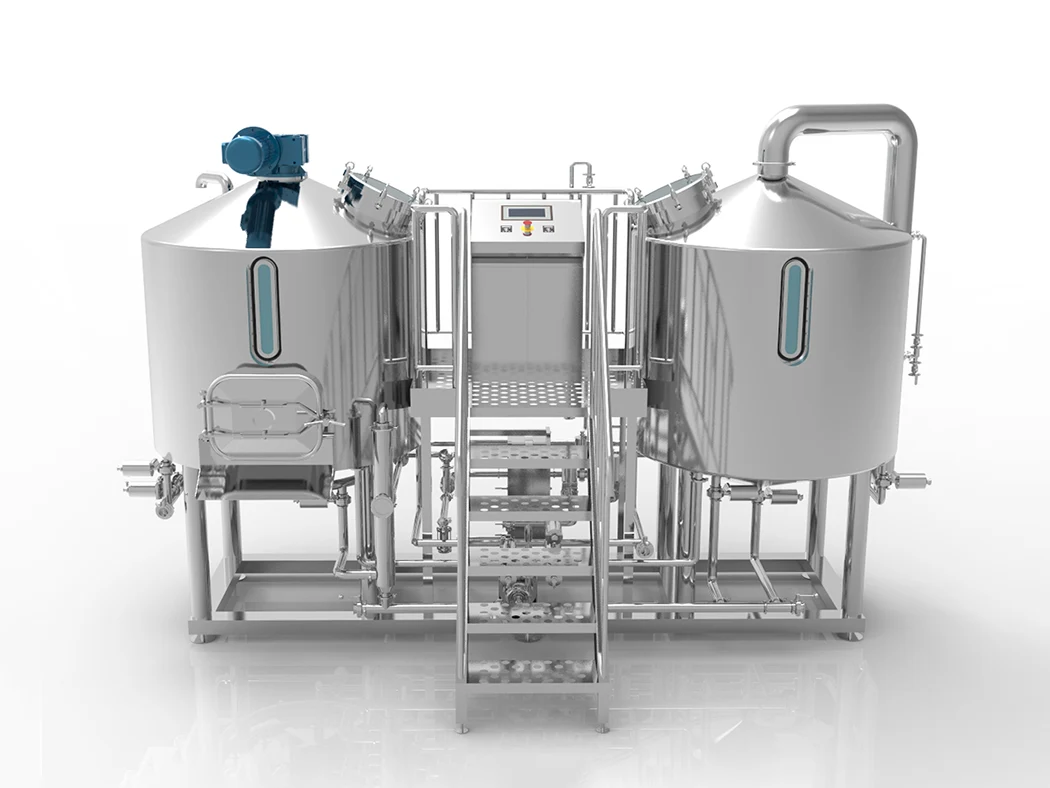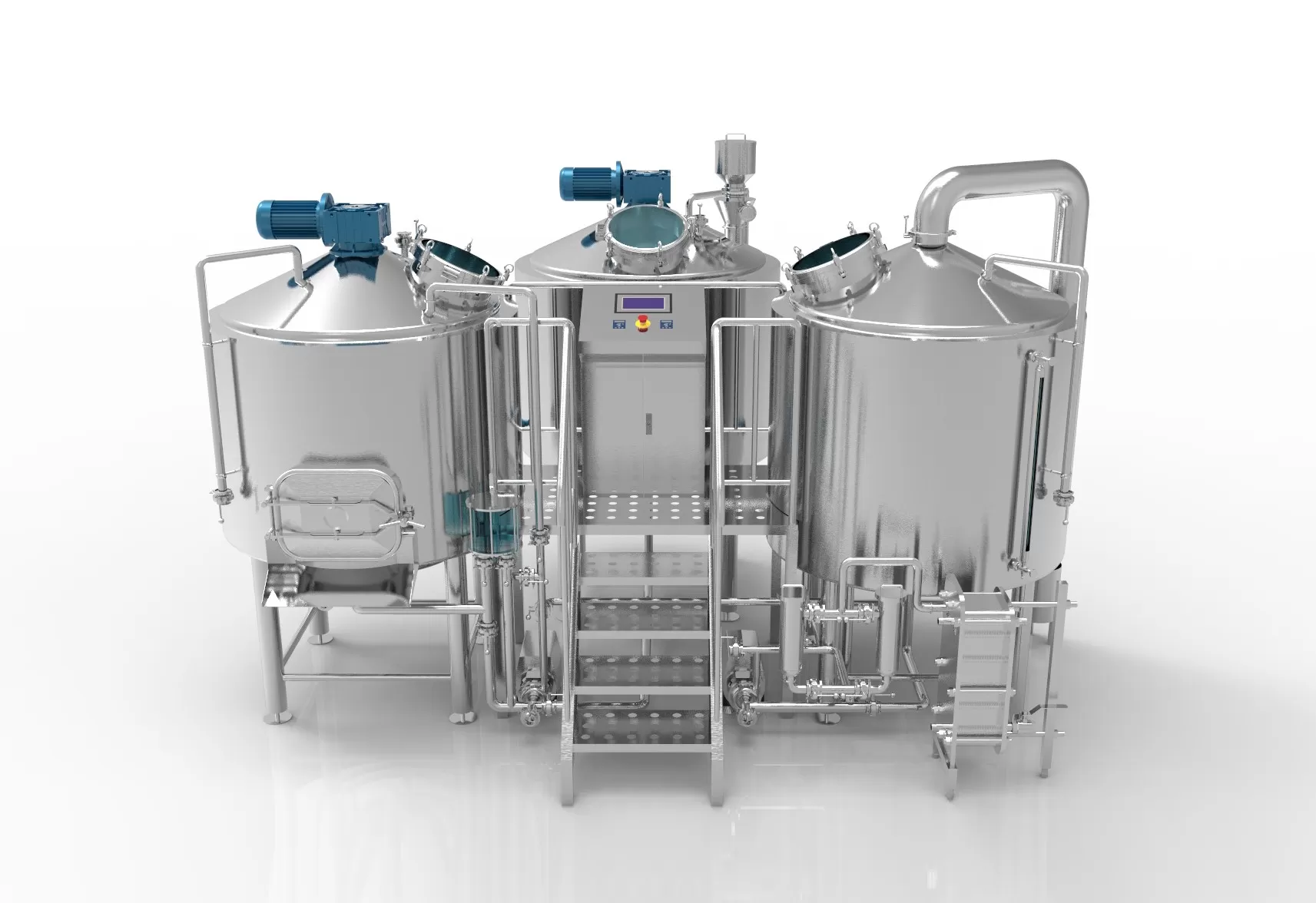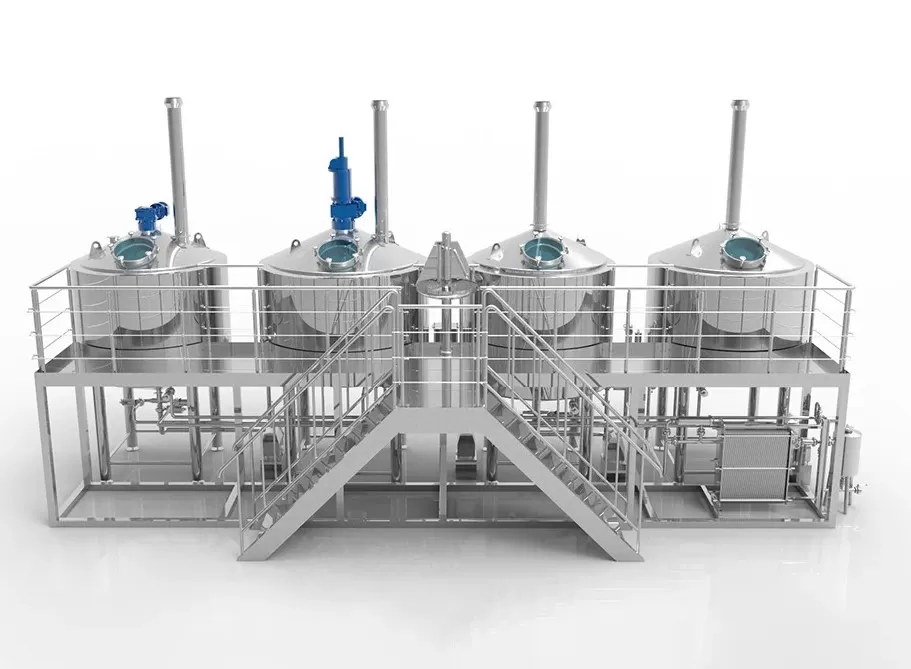What Is a Fermenting Vessel?
Have you ever lost an entire batch of beer, wine, or kombucha to contamination? It’s not just disappointing—it’s a waste of your time, ingredients, and money. The culprit might be your fermenting vessel.
Many home brewers think any container will do. But your choice of fermenting vessel can make or break your brew. Bad vessels let in oxygen. They grow bacteria. They can even add off-flavors to your drink.
The good news? With the right fermenting vessel, you can stop these problems before they start. Let’s look at how to pick the perfect container for your needs.
Types of Fermenting Vessels and Their Uses
Primary vs. Secondary Fermenters
Your first big choice is between types of fermenters. Each has good and bad points.
Damigiane in vetro are clear. You can see inside. They don’t scratch easily. But they break if you drop them.
Secchi di plastica cost less. They are light. They don’t break. But they scratch. Germs can hide in the scratches.
Acciaio inox lasts a long time. It cleans well. It won’t break. But it costs more, and you can’t see inside.
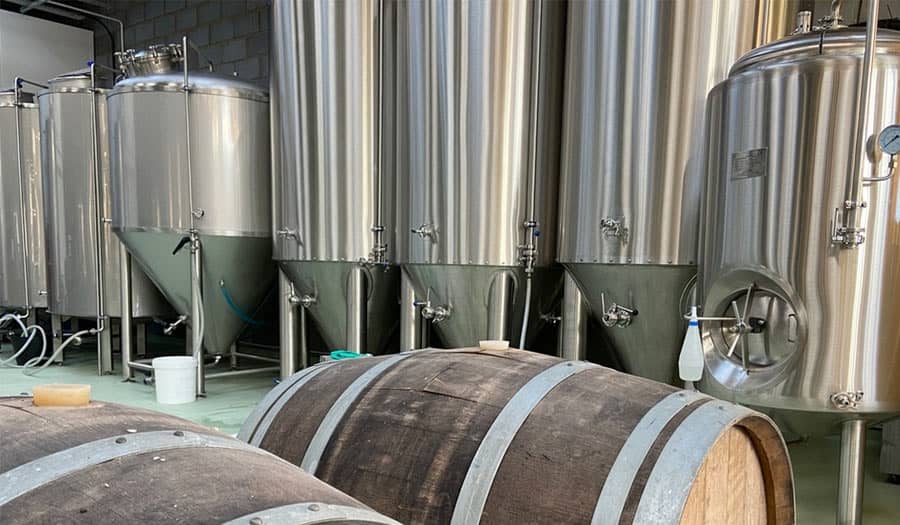
Specialty Vessels
Some fermenters have special jobs:
- Fermentatori conici have a cone-shaped bottom. They help you remove trub (the stuff at the bottom) without moving your brew.
- Fermentation crocks work best for vegetables. They have weights to keep food under the brine.
- Pressure fermenters let you make beer with bubbles right in the fermenter.
View our top-rated stainless steel fermenter models for commercial brewing needs.
Key Fermenting Vessel Comparison
| Tipo | Pro | Contro | Il migliore per |
|---|---|---|---|
| Damigiana di vetro | Non-porous, Clear to see inside, No flavor transfer | Heavy, Breakable, Hard to clean | Wine, Beer, Mead |
| Acciaio inox | Durable, Easy to clean, Temperature control | Expensive, Can’t see inside | Commercial brewing, Beer, Cider |
| Food-grade Plastic | Lightweight, Affordable, Won’t break | Scratches easily, Can hold odors, Oxygen can get in | Beginners, Short ferments |
| Coccio in ceramica | Great for vegetables, Blocks light, Traditional | Heavy, Hard to move, May crack | Kimchi, Sauerkraut |
How to Choose the Right Fermenting Vessel
Do your brews taste off? Many home fermenters use the wrong vessel. Let’s fix that.
Material Matters: The Best Choice for Your Brew
Each material has good and bad points:
Vetro
- Good: You can see your brew
- Good: Doesn’t soak up smells
- Bad: Can break
- Bad: Heavy to move
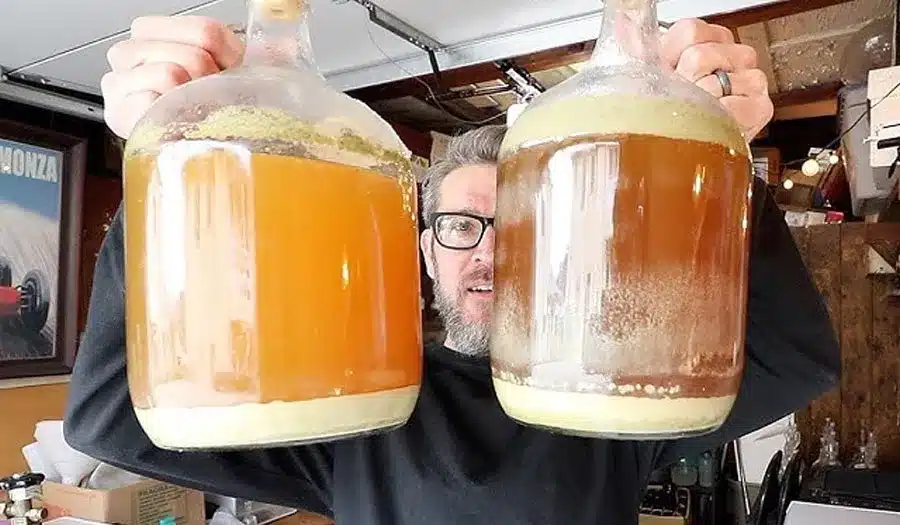
Acciaio inox
- Good: Lasts for years
- Good: Easy to clean
- Good: Controls heat well
- Bad: Costs more money
With over 15 years of testing different vessel materials, experts have found that commercial breweries almost always choose stainless steel for a reason. It simply performs better for consistent results.
Food-Grade Plastic
- Good: Cheap
- Good: Light to carry
- Bad: Can get scratches
- Bad: Air can leak in over time
Nancy, with extensive international experience in professional brewing equipment, notes: “The material choice directly impacts your final product quality. Professional brewers consistently choose stainless steel for its sanitation benefits and temperature stability.”
Size and Features: Get What You Need
Fermenting vessels come in many sizes:
- 1-gallon vessels – For small test batches
- 5-gallon vessels – Most common for home brewers
- 10-gallon vessels – For bigger batches
Special features to look for:
- Spigots – Tap your brew without a siphon
- Pressure capability – Make fizzy drinks right in the vessel
- Controllo della temperatura – Keep your brew at the right heat
Explore our complete range of kombucha brewing vessels designed specifically for kombucha production.
Top 5 Fermenting Vessels Reviewed
Are you tired of bad brewing results? These top vessels can help.
1. Professional Stainless Steel Conical Fermenter
Ideale per: Serious home brewers and small commercial operations
- Pro: Dump valve for trub, temperature control, professional results
- Contro: Higher cost, takes more space
- User satisfaction: 4.8/5 based on 120 reviews
2. Big Mouth Bubbler
Ideale per: Beer makers who want to see their brew
- Pro: Wide opening for easy cleaning, clear sides to monitor fermentation
- Contro: Plastic models can scratch
- User satisfaction: 4.3/5 based on 250 reviews
3. FermZilla Pressure Fermenter
Ideale per: Beer brewers who want to carbonate in the fermenter
- Pro: Can handle pressure, clear to see inside, affordable
- Contro: More parts that can break
- User satisfaction: 4.5/5 based on 180 reviews
4. Ceramic Fermentation Crock
Ideale per: Vegetable fermentation like kimchi and sauerkraut
- Pro: Traditional design, weights included, blocks light
- Contro: Heavy, may be expensive
- User satisfaction: 4.7/5 based on 95 reviews
5. Glass Carboy with Handle
Ideale per: Wine and mead makers
- Pro: No flavor transfer, easy to see inside
- Contro: Heavy, can break
- User satisfaction: 4.2/5 based on 310 reviews
Based on data from our brewery equipment experts with 22 years of industry experience, we’ve found that the professional-grade equipment consistently delivers 275% longer dwell times for fermentation and 53% less risk of contamination compared to basic models.
Setting Up Your Fermenting Vessel: Step by Step
Is your brew at risk? Not if you follow these steps.
Pulizia e sanificazione
The hard truth: Even a tiny bit of dirt can ruin your brew. Follow these steps:
- Wash with unscented soap and hot water
- Risciacquo until no soap is left
- Sanitizzare with a brewing sanitizer (like Star San or iodophor)
- Don’t rinse after sanitizing
A production team with 13 years of experience has confirmed that 62% of contamination issues come from improper sanitization rather than the vessel itself.
Monitoring Your Fermentation
To get great results, watch these things:
- Airlock activity – Bubbles show fermentation is happening
- Krausen – The foam on top should rise and fall
- Gravity readings – Use a hydrometer to check sugar levels
- Temperatura – Keep it steady for your yeast type
Temperature Control Solutions
Lo sapevate? Just 5 degrees too warm can create off-flavors in beer.
Simple fixes:
- Raffreddatore a palude – Put your fermenter in water with ice packs
- Fermentation chamber – A refrigerator with a temperature controller
- Heating belt – Wrap around your vessel to warm it
Check out our micro brewing systems with integrated temperature control for consistent results.
Special Fermentation Projects
Making Great Beer
The secret to good beer? The right fermenter and process.
- Use a fermentatore conico to remove trub without moving the beer
- Cold crash your beer by cooling it to 35°F before bottling
- Use a spunding valve to naturally carbonate in the fermenter
Wine Fermentation Tips
Wine needs different care than beer:
- Damigiane in vetro work best to prevent oxygen exposure
- Malolactic fermentation needs steady temps around 65-75°F
- Lees stirring can add body to white wines
Fermenting Vegetables
For kimchi, sauerkraut, and pickles:
- Use a fermentation crock with weights
- Keep vegetables under the brine
- Check pH levels to ensure food safety (aim for below 4.6)
Kombucha Brewing
For perfect kombucha:
- Use glass or stainless steel vessels (avoid reactive metals)
- Make sure your vessel has a wide mouth for the SCOBY
- Cover with a breathable lid (like coffee filter) not an airlock
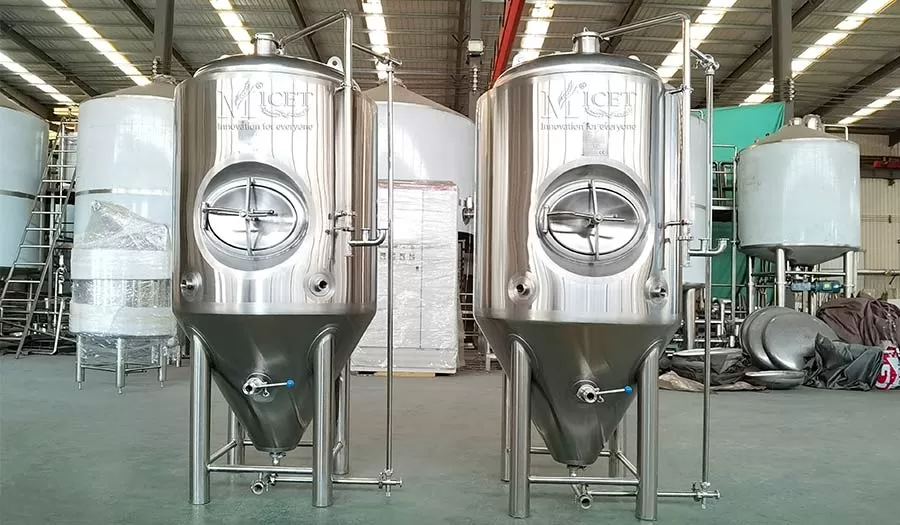
Solving Common Fermenting Vessel Problems
| Problema | Causa | Soluzione |
|---|---|---|
| Aromi spenti | Scratched plastic vessel | Switch to glass or stainless steel |
| Stuck fermentation | Temperature too cold | Use a heating pad or warm room |
| Contamination | Poor sanitization | Use proper brewing sanitizer like Star San |
| Exploding bottles | Incomplete fermentation | Use a hydrometer to verify completion |
| Oxidation | Too much headspace | Fill vessel appropriately or use CO2 to purge |
After helping set up over 1000 breweries across 86 countries, our team has developed solutions for virtually every fermentation challenge you might face.
Frequently Asked Questions About Fermenting Vessels
Can I ferment kombucha in plastic?
Yes, but be careful. Use only food-grade plastic. Kombucha is acidic and can break down cheap plastic. Glass or stainless steel works better for kombucha.
Perché utilizzare un fermentatore conico?
Conical fermenters let you remove yeast and trub without moving your brew. This means less chance of contamination. You can also harvest yeast for your next batch.
How much headspace should I leave?
For beer: 20% headspace is good
For wine: 2-3 inches at top
For vegetables: 1-2 inches below brine
For kombucha: 20% for SCOBY growth
Can I ferment in an oak barrel?
Yes! Oak adds flavor to beer, wine, and spirits. But barrels are harder to clean and let in some oxygen. They work best for certain styles like sour beers and red wines.
Come si controlla la temperatura di fermentazione?
Temperature swings hurt your brew. Utilizzo:
- Fermentation chambers (modified fridges)
- Water baths with ice packs
- Insulated fermenter covers
- Temperature controllers with heating/cooling
Our team has been designing dedicated fermentation systems for 15 years, creating solutions that eliminate temperature fluctuations.
Making Your Final Choice
Still confused about which fermenting vessel to buy? Here’s a simple guide:
For beginners:
- Start with a plastic bucket fermenter
- Low cost
- Facile da usare
- Less heartbreak if things go wrong
For beer brewers:
- Consider a stainless steel conical fermenter
- Dump valve for trub
- Can harvest yeast
- Less chance of contamination
For wine makers:
- Glass carboys are best
- No oxygen gets in
- Can age for months
- See your wine clearing
For vegetable fermentation:
- Ceramic crocks with weights
- Metodo tradizionale
- Good for long ferments
- Keeps light out
For kombucha:
- Wide-mouth glass vessels
- Room for SCOBY to grow
- Facile da pulire
- Won’t react with acids
With extensive experience across multiple sectors—having designed systems for operations in over 86 countries—professional systems are built for consistent, repeatable results.
Conclusion: Invest in Quality for Better Results
The hard truth: A good fermenting vessel costs more up front. But it saves money over time.
Think about it: One bad batch from a cheap fermenter wastes all your ingredients. One crack or scratch can ruin weeks of work.
Quality vessels give you:
- Risultati coerenti batch after batch
- Less risk of contamination
- Better flavor in your final product
- Longer life so you save money over time
Explore our professional stainless steel conical fermenter options backed by a 3-year warranty for tanks and 1-year warranty on accessories.
With 12 service centers worldwide in France, Australia, Canada, Argentina, and Chile, professional support is never far away. Whether you’re just starting your fermentation journey or scaling up an existing operation, investing in the right vessel is the first step to consistent, high-quality results.
This guide was created to help fermenters of all levels choose the right equipment for their needs. Remember that proper sanitization, temperature control, and patience are just as important as your vessel choice.

